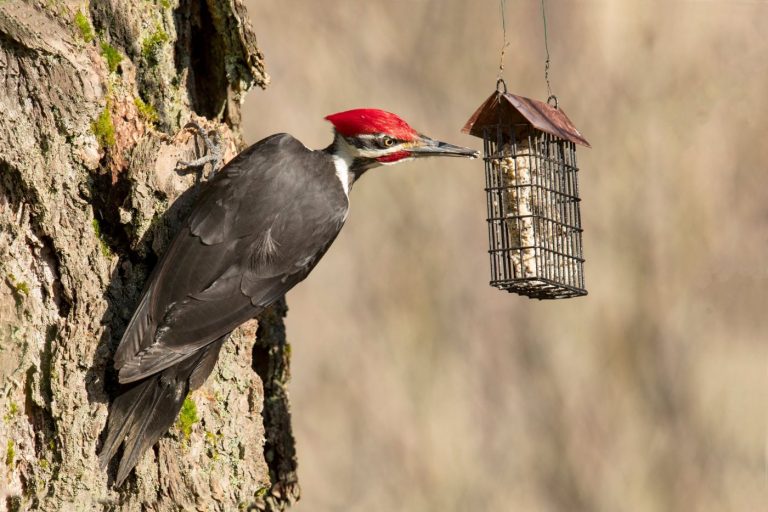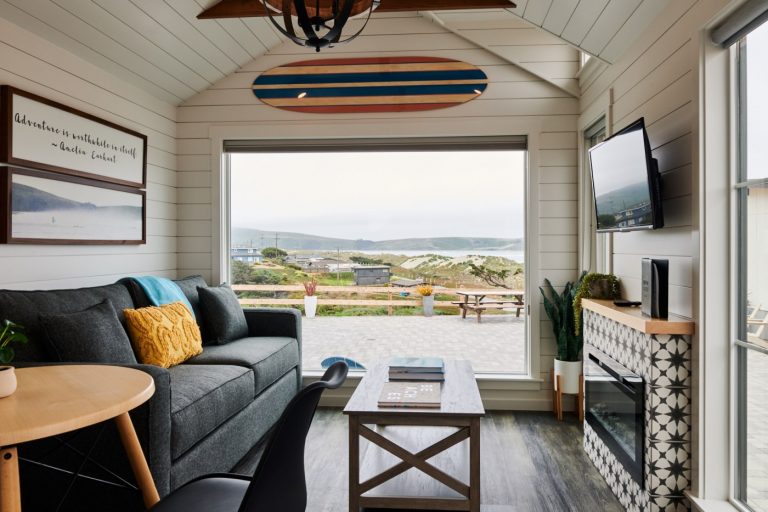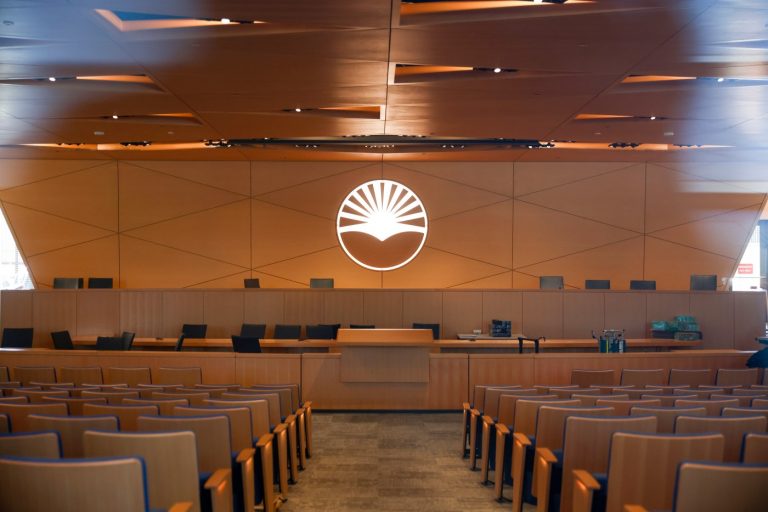OROVILLE — The idea of rebuilding after a devastating fire brings with it both urgency and confusion.
In Butte County, this has been the case many times over in recent years, with massive wildfires becoming a regular occurrence — and this year has been no different with the Thompson Fire as well as other wildland fires around the Oroville area.
In response to these fires and the subsequent concerns, Butte County hosted a workshop Tuesday evening with Development Services Director Paula Daneluk as well as other county department heads directly involved with helping community members rebuild.
“(These workshops) are so important because everybody who has been affected by the event needs time and space to get their questions answered,” Daneluk said. “These are situations people didn’t plan to be in, never thought about needing to build a new house and don’t know our processes, so we’re here to help them understand what the journey is to rebuild and to be able to do that. If you’ve never been in this space it can be daunting.”
Jesse Hinton browses house plans provided by Butte County in Oroville, California on Tuesday, July 23, 2024. (Jake Hutchison/Enterprise-Record)
About 30 people showed up to the training room at the county’s compound in north Oroville where they received a brief presentation going over permits and fees as well as some resources available. Presenters included county workers who oversee portions of building operations such as Building Division Manager Efrain Ruvalcaba, Deputy Administrative Officer of Economic and Community Development Katie Simmons and Emergency Management Officer Dennis Schmidt.
Ruvalcaba explained that the county keeps records such as site plans and septic plans that are available to the public, allowing for those who have lost homes and property to access them for the purpose of planning and ultimately rebuilding. He added that the county also has a payment plan for building permits where residents can put 10% down and pay the rest over 24 months. According to the county’s master fee schedule, permitting for new residential construction can range from $3,520 for a 500-foot structure all the way up to $6,235 for structures 3,500 feet and above.
After the presentation community members in attendance were invited to speak with the county employees who were at the meeting one on one to have specific questions answered. Daneluk also pointed to her offices, which were conveniently across the parking lot from the training room where the event was held, for when questions come up in the days to come.
Also available at the meeting were three blueprints for homes that have been determined to be up to code for those looking to rebuild without needing to hire their own designer. Daneluk noted during the presentation that the homes can be classified as accessory dwelling units should the homeowner decide to use it as a temporary house while they build their primary home on their property.
Daneluk said her department fields a lot of questions, but concerns after a major disaster range.
“It depends on how close to the event it is and where people are in their journey,” Daneluk said. “A lot of questions tonight for example were the initial ‘What do we do with the debris? How do we start cleaning up? Is there any assistance?’ So whatever we know at that moment in time we can provide to the public.”
Attendees’ experiences
Jesse Hinton had lost property as a result of the Thompson Fire. Without insurance, he was at square one. After the presentation, he could be found looking at the free blueprints brought in by the county.
“I came out to figure out what kind of help I could get,” Hinton said. “You’ve got to keep on living, but it can be hard trying to figure out how to keep on living after something like that.”
Hinton said he was glad that the county hosted the workshop and provided some information to help him get into the rebuilding process.
Richard Petty and Tonya Paul didn’t lose their home in the Thompson Fire, but it was a close call. A year-round stream that runs through their property held off the fire long enough to protect their house.
“We were on a trip and our daughter called us and told us they were being evacuated,” Paul said. “It scared the crap out of us. We came home three days early. We were on a road trip, and we drove across nine states to get back home.”
While their home was destroyed, they returned to find other issues caused by the fire.
“We had pine trees that were scorched all the way to the top,” Paul said. “A couple were cut down by the firefighters. Thank God for the firefighters.”
Paul said the next step for her family is to have the now-hazardous trees removed.













+ There are no comments
Add yours